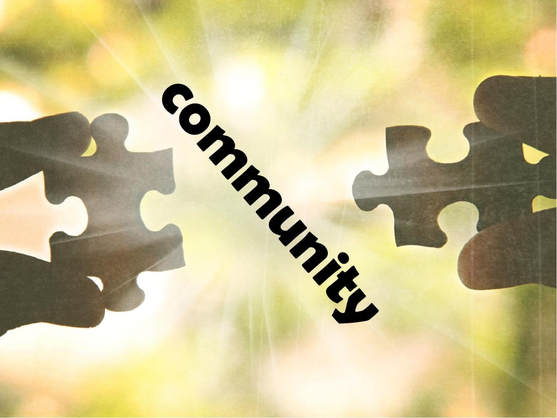Abuse of any kind destroys efforts to build community. The abuse of a child, sexual abuse between adults, violent actions or the misuse of money can be devastating to a congregation. Some congregations do not survive the bad behavior of one or two people.
Bill Hybels, of Willow Creek Church, has been accused of sexual misconduct by several women, which he denies. The New York Times just published a piece about one of the women, Pat Baranowski. Time will tell if and how Willow Creek will survive the revelation of Mr. Hybel’s bad behavior.
Many factors contribute to the sustainability of a congregation after they experience abuse and violence. I’ve written several blogs about understanding bad behavior in the context of congregations and families:
Bad Behavior
How Changing Your Behavior is Like Using The Accelerator and Brake
Change Your Life in Less Than A Second
Violence In Society
Angels and Devils
Robert Sapolsky, in his latest book Behave, explores the systems that influence behavior. He traces behavior back to days, weeks, months and even years before it occurred. What may have happened in an instant has been in the works for multiple generations.
Dr. Murray Bowen discovered a connection between chronic levels of anxiety in the family and automatic behavior. The higher the level of chronic anxiety in a family system, the more likely the behavior of individuals in a family will be automatic and predictable. The specific nature of the behavior depends on patterns in the family – the way anxiety is managed in the family over several generations. These patterns fall along a continuum of human functioning. Bowen described it in his scale of differentiation.
In the Gospel of John, there is a story of a woman caught in adultery. She is surrounded by a crowd ready to stone her. Jesus kneels next to the woman and basically says to the crowd, “If you have never broken the law, throw your stone.” Placing human behavior on a common continuum of functioning disrupts automatic patterns of blame and punishment and provides avenues for the restoration of individuals and relationships.
In my series on #koinonia, building community, I make the case that efforts to create safer communities by excluding people based on behavior is antithetical to building community. Welcoming, accepting and including individuals in responsible ways create safer and healthier communities. Christians refer to this as the work of the Holy Spirit who heals, transforms and makes people whole through the church (the gathered community).
Many congregations are advocating for legislation like The Sentencing Reform and Corrections Act of 2017. It is a bipartisan bill that advances the need for reforms in reentry provisions and sentencing. It addresses mandatory minimums, three strike laws with life sentences and looks at laws that target vulnerable communities. Restorative justice, not retribution, makes communities safer and healthier. Individuals do better not when they are isolated because of the behavior but when a community responsibly engages the person who is behaving badly. It is the process of engagement within the context of a relationship system that individuals step up and do better. What makes the difference? It is differentiation of self.
Congregations that move forward in the midst of abuse and violence are led by spiritually mature persons. A spiritually mature person is one who works on being clear about their beliefs, discerns a life direction based on an understanding of call and is responsible for ongoing participation in religious practices. It is someone working on differentiation of self. People do better in congregations that, instead of requiring blind obedience or obligatory participation, focus on supporting individuals to self-regulate their personal expression of religious faith.
A focus on being responsible for self, including the self-regulation of behavior, requires the engagement of the prefrontal cortex and other brain systems. These thinking systems disrupt the automatic patterns of behavior that are shaped by a multigenerational transmission process.
Congregations are not hopeless in the face of bad behavior (abuse, violence, theft, etc.) but can move forward based on principles and good thinking. Clergy and congregational leaders can lead the way as they work on differentiation of self in their families.

 RSS Feed
RSS Feed